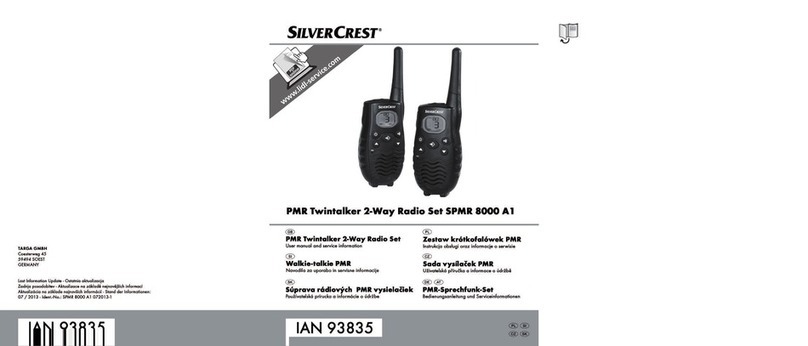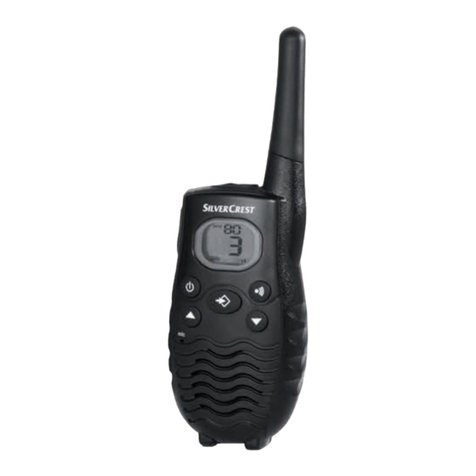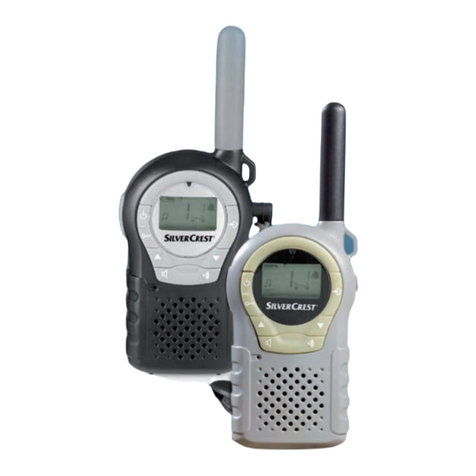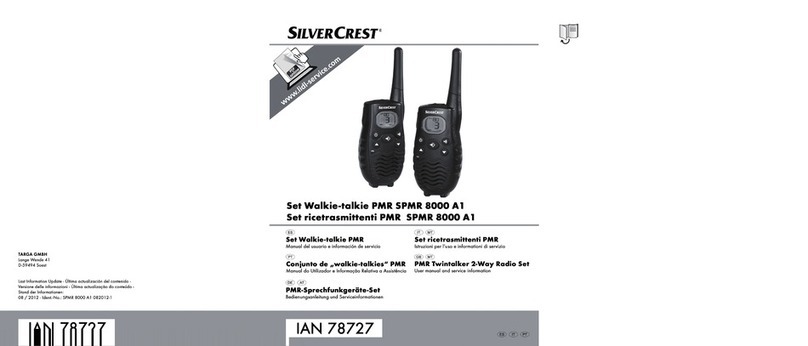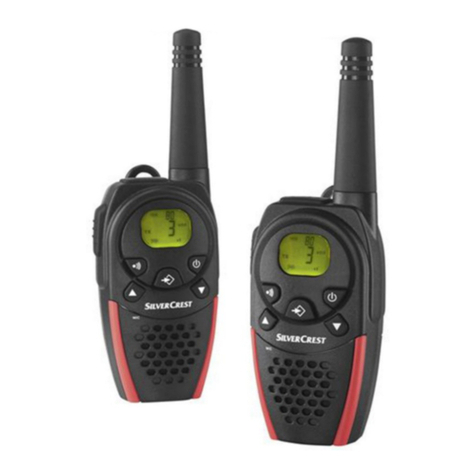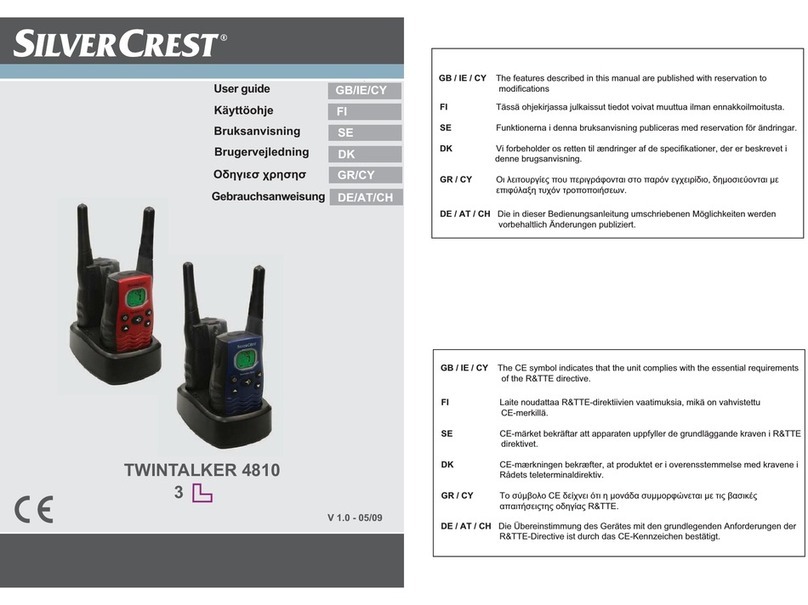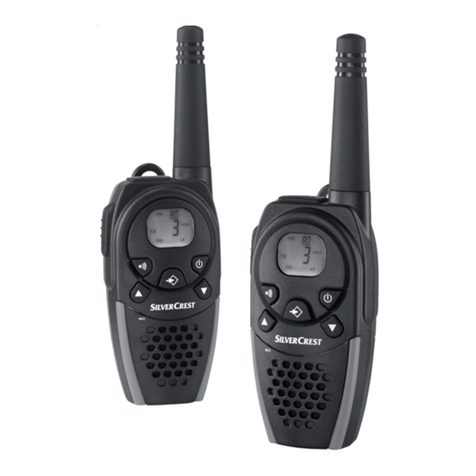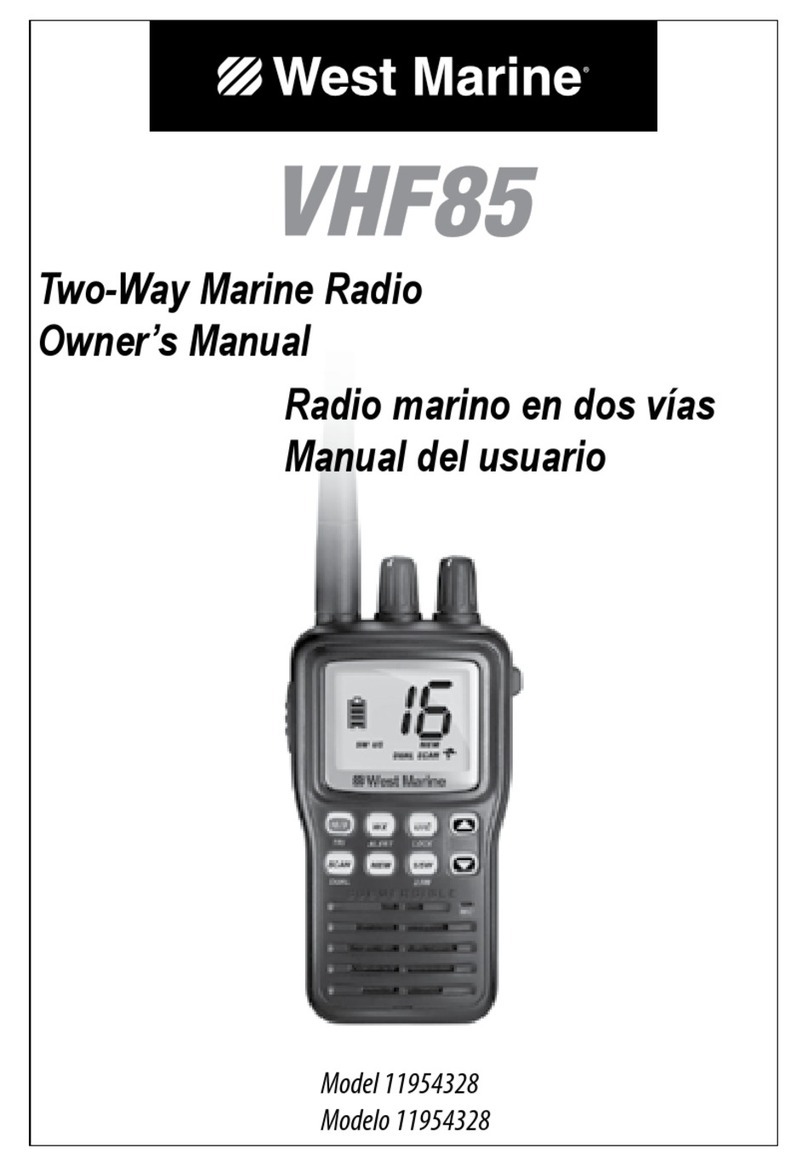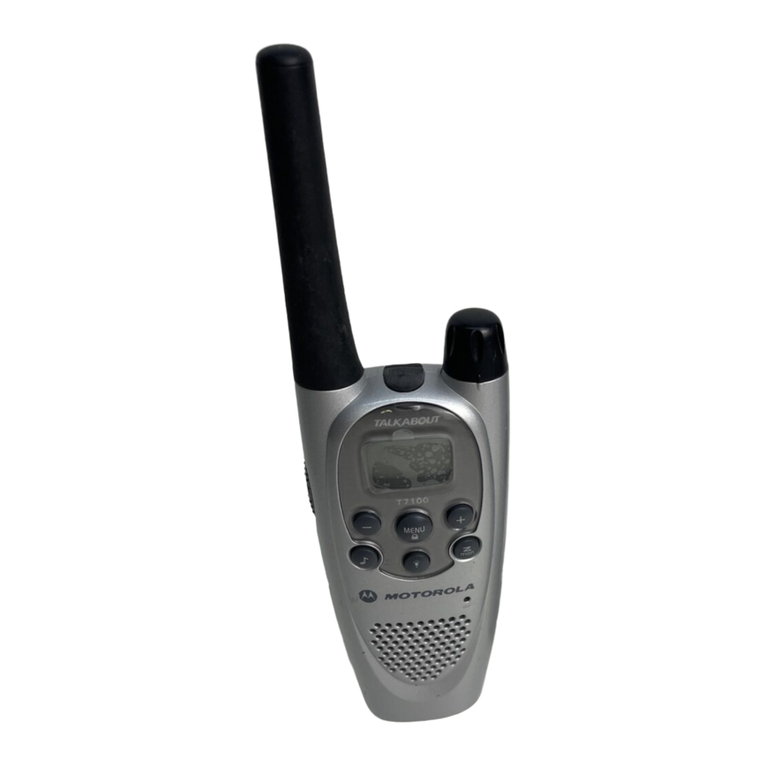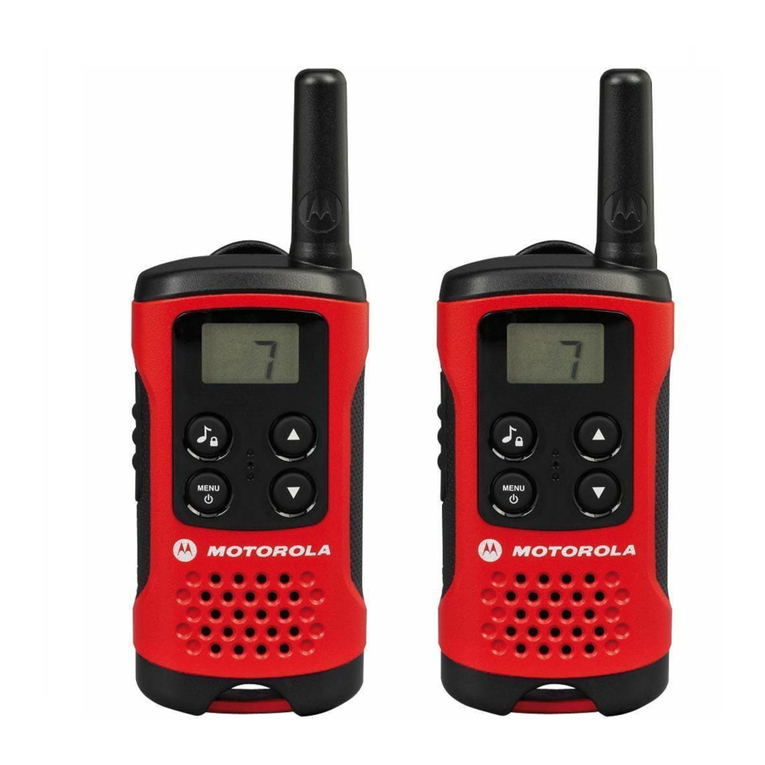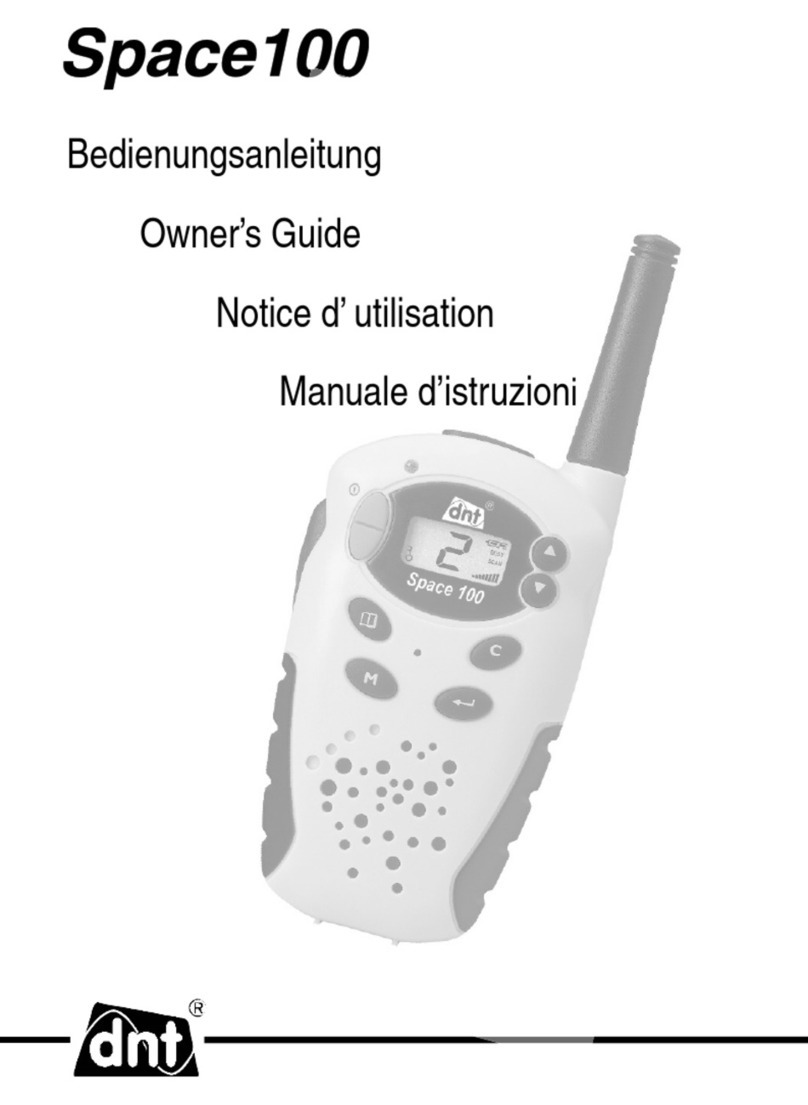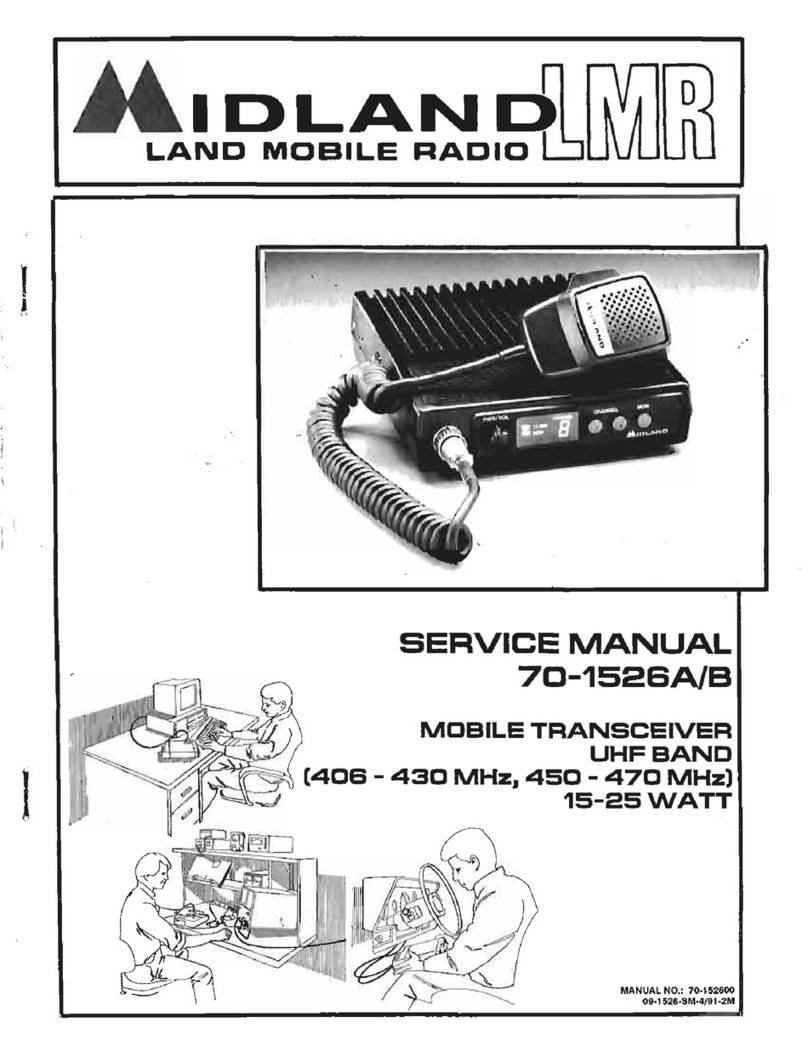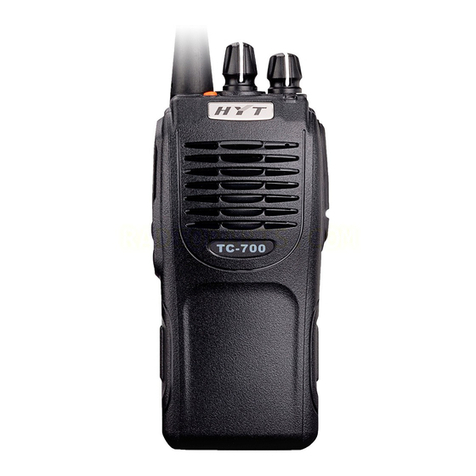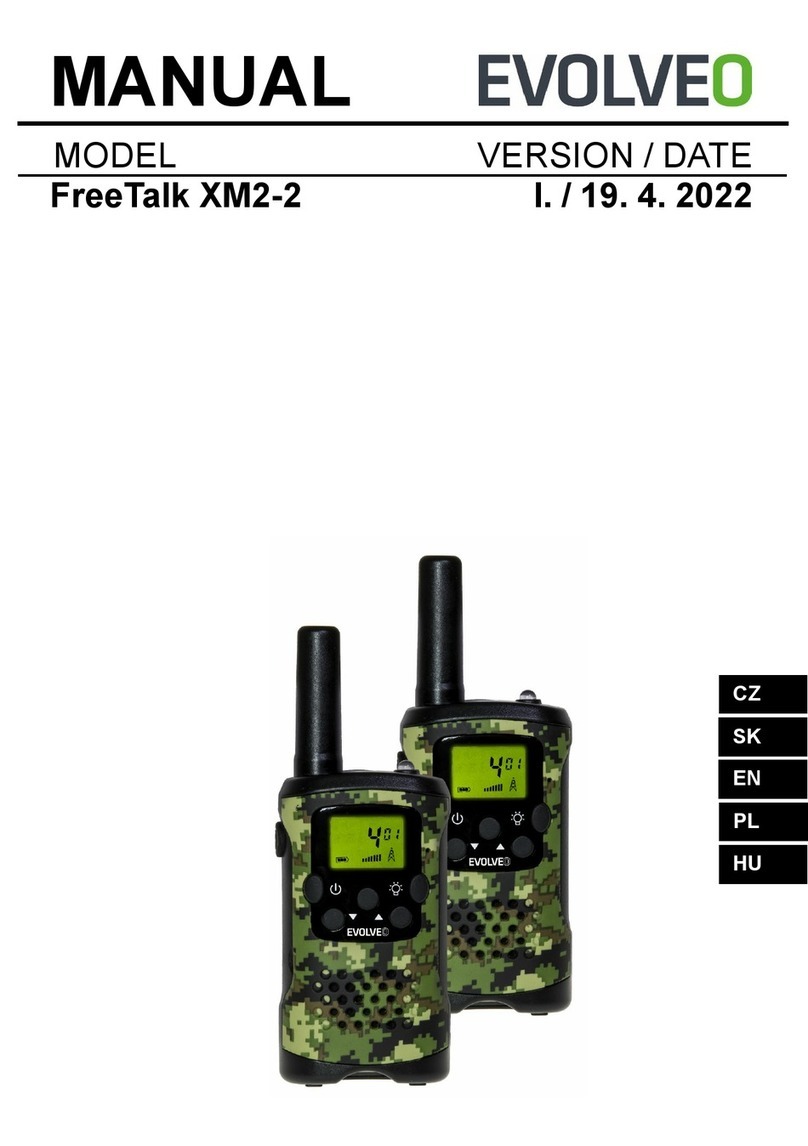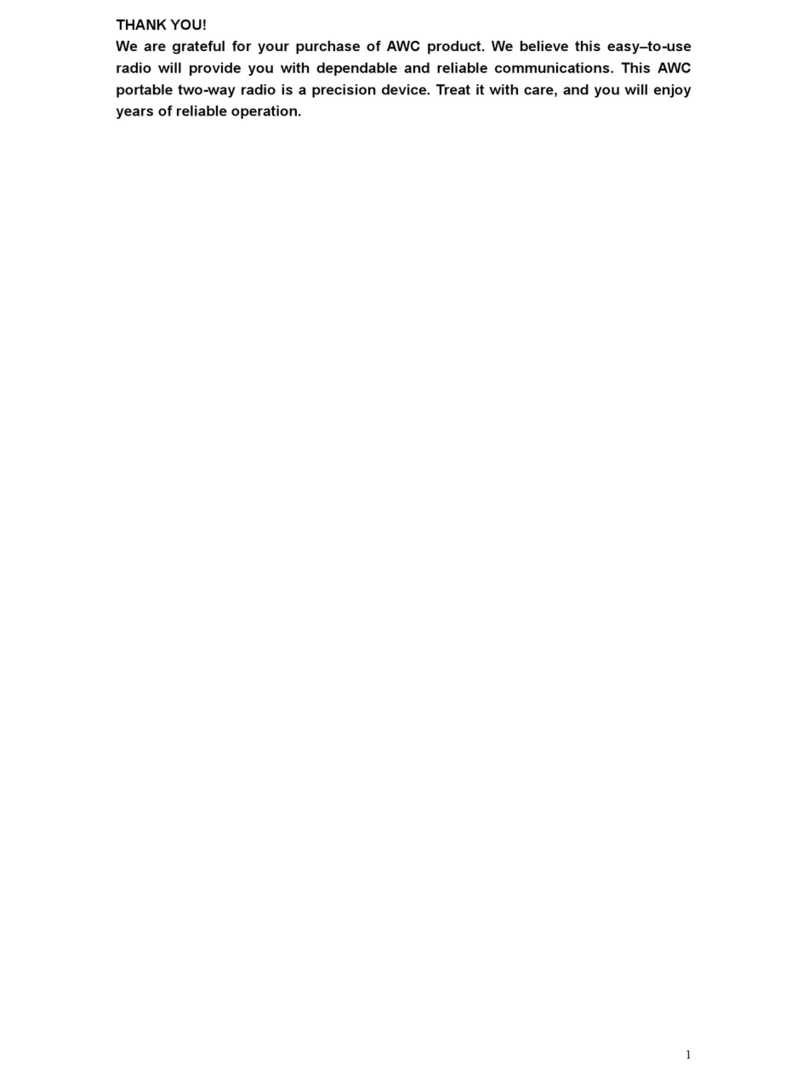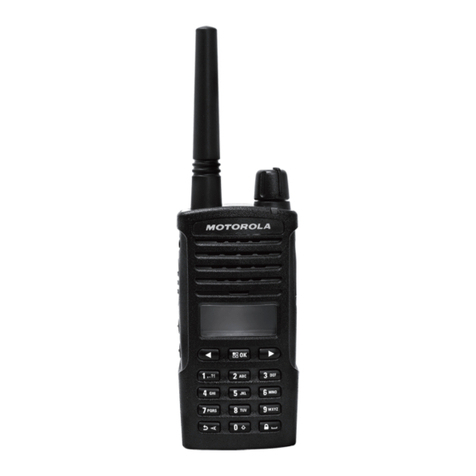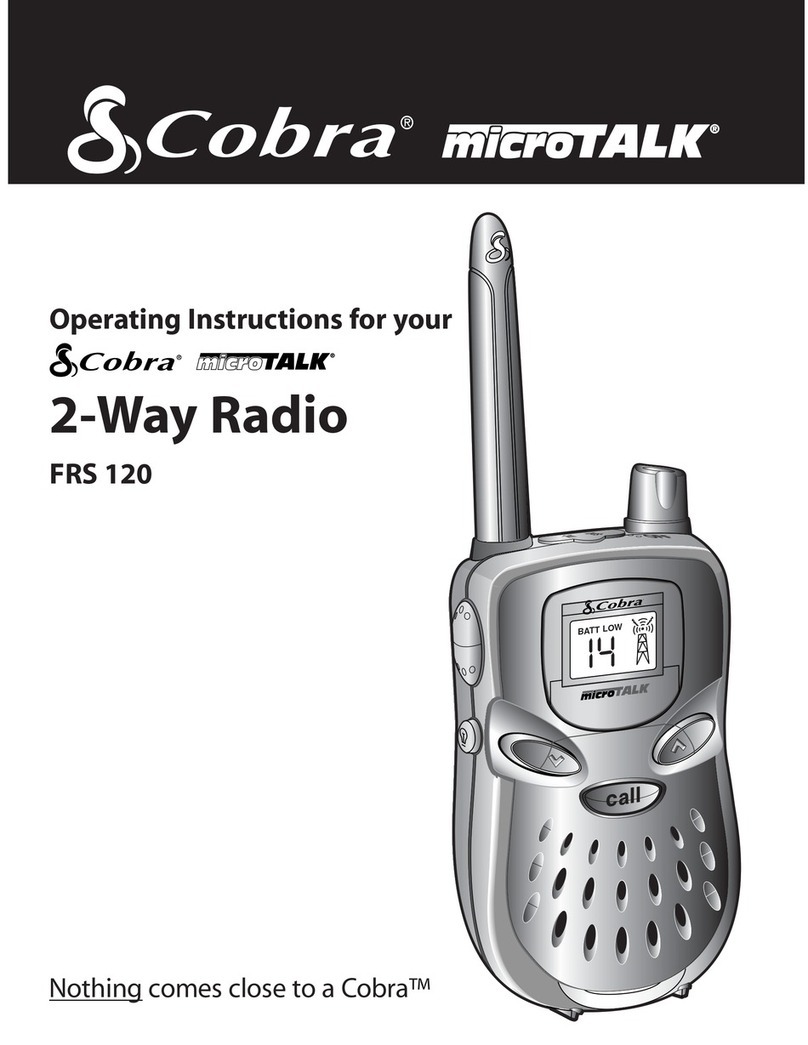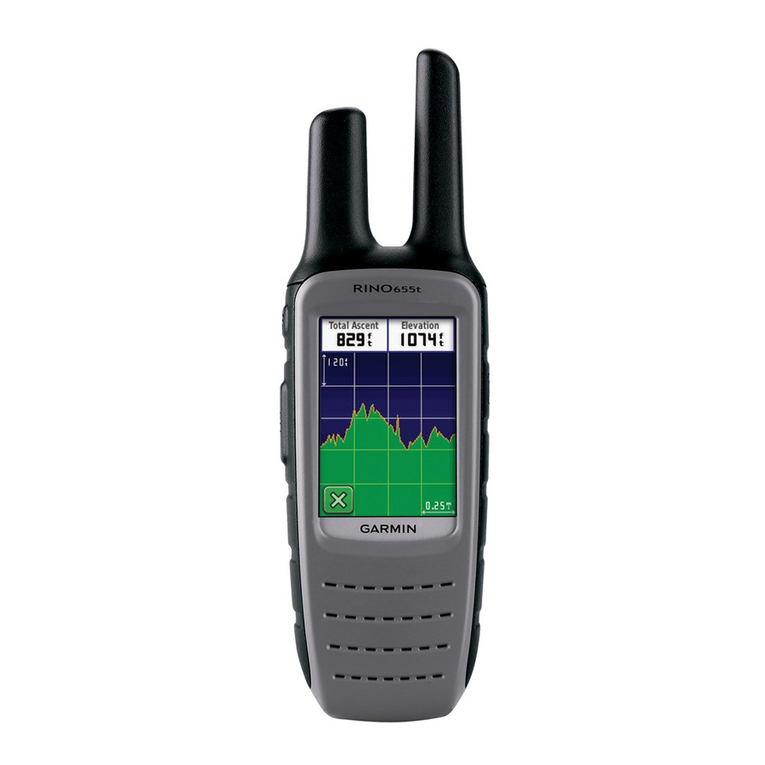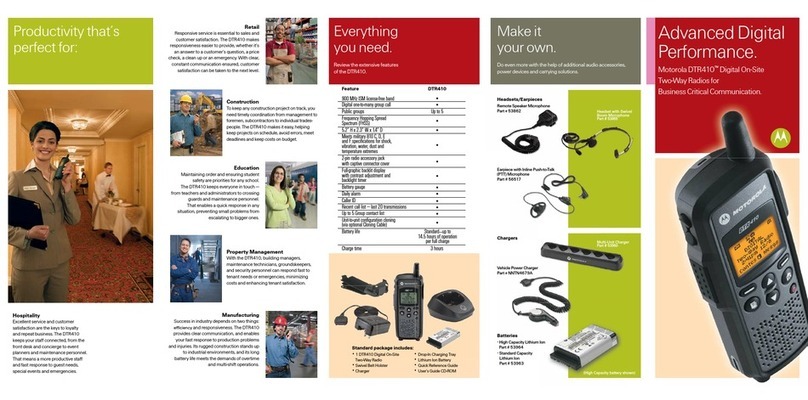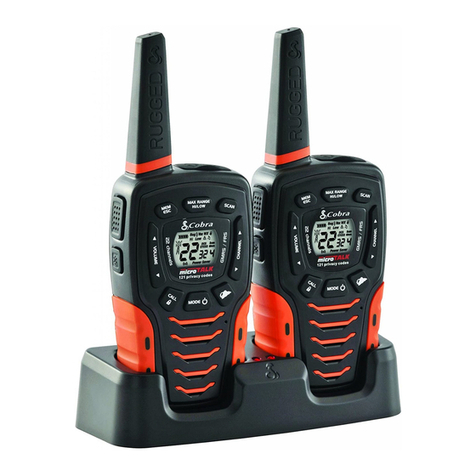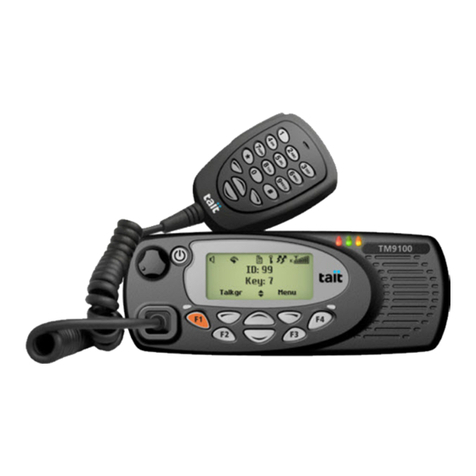
11GB/IE/NI
The radio waves transmitted could cause interference in hearing aids.
Do not place or use the product near flammable gasses or potentially
explosives areas (e.g. paint shops) with the wireless components on,
as the radio waves emitted can cause explosions and fire.
The range of the radio waves varies by environmental conditions.
In the event of wireless data transmission, unauthorised third parties
receiving the data cannot be excluded.
The product must not be used in a blasting area or in the vicinity of
detonators.
DANGER! Keep batteries/rechargeable batteries out
of reach of children. If accidentally swallowed seek
immediate medical attention.
Swallowing may lead to burns, perforation of soft tissue, and death.
Severe burns can occur within 2 hours of ingestion.
WARNING! EXPLOSION HAZARD!
Never recharge non-rechargeable batteries. Do not short-circuit
batteries/rechargeable batteries or open them. Overheating, fire
or bursting can be the result. Never throw batteries/rechargeable
batteries into fire or water. Do not exert mechanical loads to
batteries.
The operation with batteries/rechargeable batteries may only take
place in exceptional situations. The batteries/rechargeable batteries
must be removed from the radio immediately after use.
If non-rechargeable are used, the radio must never be placed in the
charging cradle.
The radio also has a USB charging port. if non-rechargeable batteries
are used, they must never be connected to USB charger via the
charging port.
Risk of batteries/rechargeable batteries leakage
Avoid extreme environmental conditions and temperatures, which could
affect batteries/rechargeable batteries, e.g. radiators / direct sunlight.
In the event of a leakage of batteries/rechargeable batteries, immediately
remove them from the product to prevent damage.
Avoid contact of leaked chemicals with skin, eyes and mucous
membranes. In the event of contact with battery acid, thoroughly flush
the affected area with plenty of clean water and seek immediate medical
attention.
